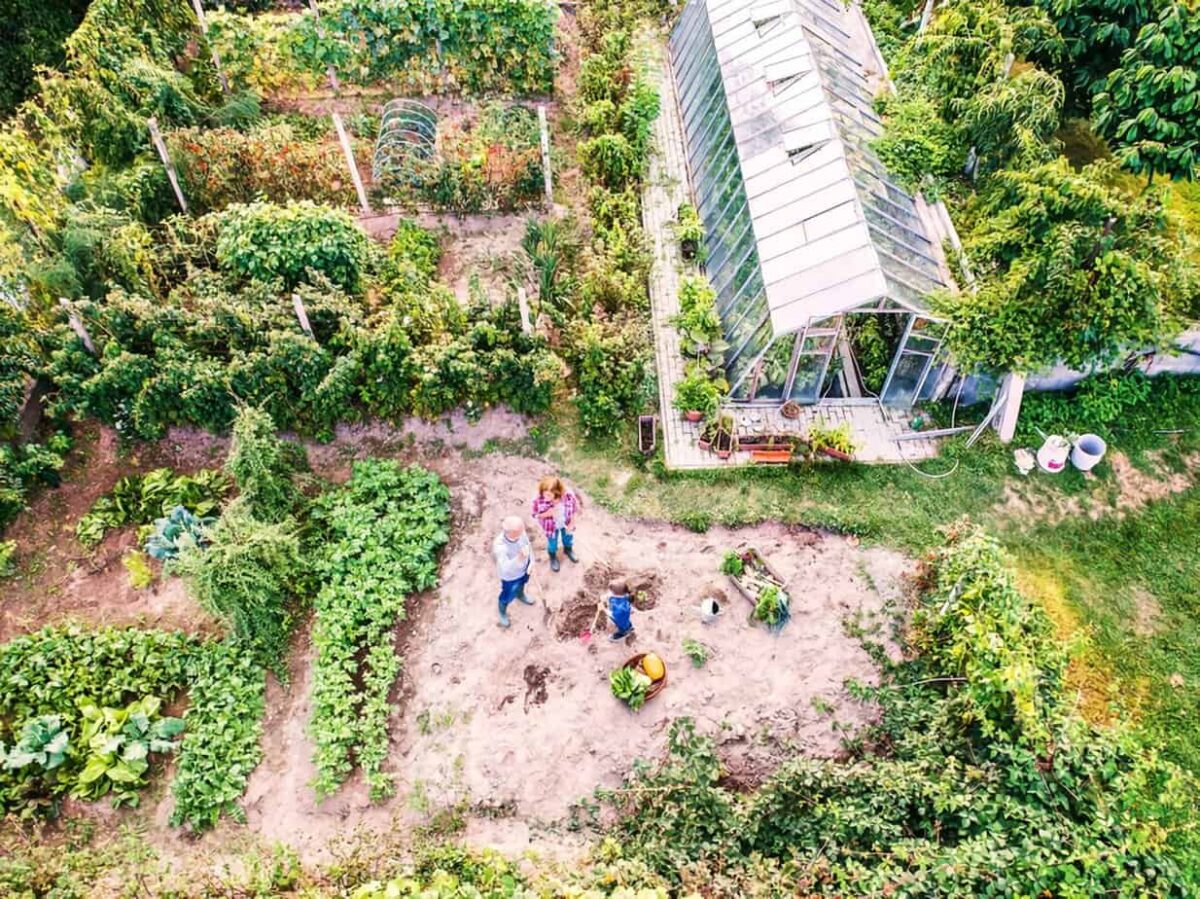To depend on your garden to feed your family, you must plant staple crops, the foods that are essential to human survival. The ideal staple crops for increasing food self-sufficiency should be easy to harvest and store, provide high yields, and be calorie-dense to give you the food energy from carbohydrates that you require each day.
The staple crops
I’ve done my research about staple crops, and I’ve noticed that most survivalists, preppers, and off-gridders often recommend growing potatoes, com, beans, and squash as the main staple crops, but I’ve extended that list by adding wheat, peanuts, sweet potatoes, cabbage, collards, and kale.
Food storage and preservation are important factors to consider when choosing staple crops to boost your household’s food security.
I enjoy growing food that does not require the use of fuels to preserve and store. The question then becomes where and how to keep it. Examine your home for suitable food storage locations because I’m sure you will find the needed storage space.
During the winter, I’ve discovered that a lower kitchen cupboard is frequently 10° F cooler than the kitchen itself. In that cupboard, I keep potatoes, sweet potatoes, and squash. You might also have an empty cooler room inside your home that stays cool throughout the year and could be used for food storage. The majority of the ten staple crops highlighted here are also high in other nutrients.
Potatoes and Sweet Potatoes

Potatoes, just like grain corn, will provide you with the most calories for the least amount of space used in the garden.
They are easy to cultivate, and all you have to do is simply bury a potato roughly the size of an egg in the ground but make sure it has a couple of “eyes” on it. Burry it in the ground, in a furrow 4 inches deep, and wait.
In climates where summers are cool, plant early, in the mid-season, and the late varieties two to three weeks before your final spring frost date. Potatoes will grow easily and be ready for harvest in 65 to 90 days, depending on the variety.
Sweet potatoes, because of their high beta carotene concentration, are among the healthiest foods available for the small homesteader. They prefer heat, but they can be grown in cooler climates as far north as Canada.
I’ve discovered that I can keep potatoes in a newspaper-covered basket in the house or a storage shed. In October, I move the potatoes into plastic boxes with holes in them for ventilation, and then I put the boxes in the crawl space beneath my house
I keep sweet potatoes on hand, in baskets in a reasonably cool part of the house, or in the plastic boxes beneath the house.
In general, potatoes store well at temperatures ranging from 40° F to 55° F, and sweet potatoes do best at…
